By Priya Bhattacharji
Like many individuals and nations these days, I feel a great sense of power in dissociation. Bombarded with “good vibes only” messaging, I take out time to consciously uncouple, unfollow, unfriend, detox or free myself off whatsoever that doesn’t spark joy. Anything or anyone that does not align with my chakras or views is circled a threat and discarded off as “toxic”.
And then I speak to Dar Gai, who unintentionally challenges this self-sanitizing behaviour.
Known for her evocative narratives – critically acclaimed feature films (Teen Aur Adha, Namdev Bhau) and raging viral music videos – Daria had made her mark in the Indian film industry as an empathetic storyteller with her inimitable quirk, originality, and edginess.
From a theatre actor and art curator in Ukraine to drama teacher in Gwalior, to film lecturer in Mumbai to writer/director, her work attachments speak for her ability and willingness to lean into the unknown, the uncomfortable, and the unexplored. Her curiosity for the beautiful and terrifying in emotions, thoughts, and relationships, makes her churn the unusual in her work.
While my question sheet is set for Dar the filmmaker, I get much to contemplate in this conversation with Dar, the social commentator and purveyor of interdependence.
Her views on relationships, emotions, technology, collaboration make me realize that if I don’t start to “Dar-Gai” my life, I’ll soon have only my phone and Instagram profile to keep me company.
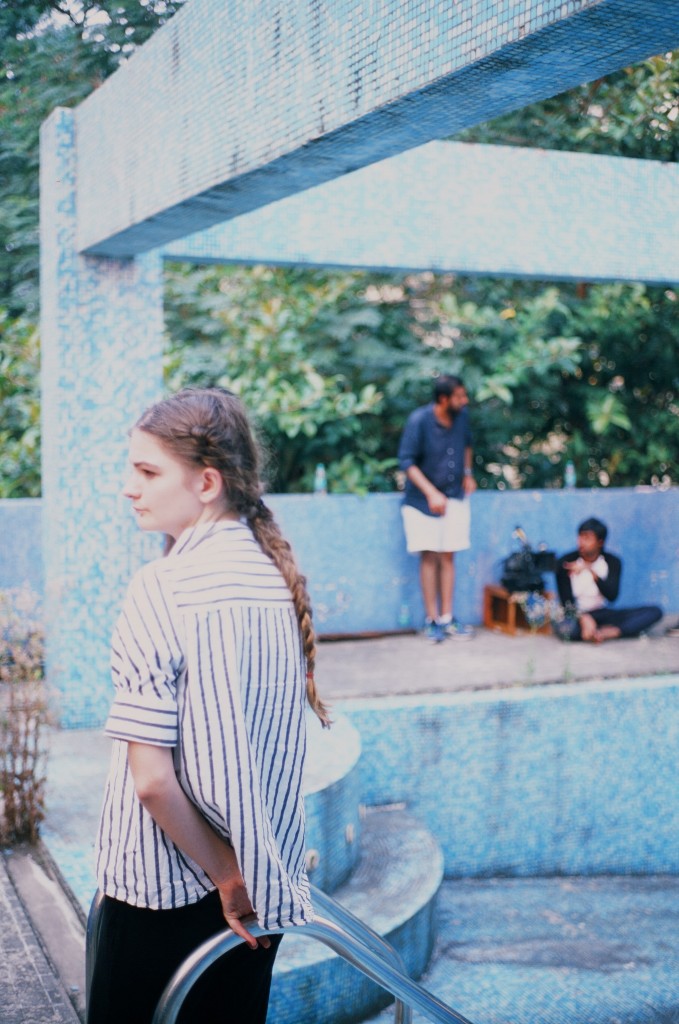
I have to congratulate you on the two sensational music videos: cold/mess (by Prateek Kuhad) and Sage (Ritviz). Both approach the complexities of love so beautifully. How did you envision these two masterpieces?
For me, any kind of storytelling, films or music videos, is rooted in emotion and then the visual part unfolds. It’s not simply the emotion of the story, but the emotion that goes into making it – the emotions you share on a set, with your actors, with your team, with your spot boys and lightmen.
Coming to your point about love, most of us have this unrealistic, mythological, romantic notion of love and we spend so much time ‘looking’ for it, when it’s just around us, in us – be it love for the self, love for a community, love for another creature, your crew, your lightmen, your stories, a pursuit.
When Prateek approached me with “Cold/mess”, I got to put forth my point of view on toxic relationships through art. This was inspired by a lot of things: my personal experiences, my friends’ experiences, stories that I heard. What makes and breaks a relationship lies in small details and daily tugs. I instinctively knew that only those actors who are really strong in their craft like Jim Sarbh and Zoya Hussain would be able to bring it on the screen.
With Ritviz’s ‘Sage’ – When I first heard the track, I heard it on loop for a few hours and then an image of a tall boy with a small girl popped up. This story is about our prejudiced point of view. How you see the world, from which “height you see it”. I do feel that all of us have our insecurities and our backstories that influence our love stories. I often feel my face isn’t proportional or my accent isn’t good but all these imperfections make us interesting, make us different. What makes the whole relationship with opposites interesting today, especially that we live in a society that lays stress on what caste you belong, whether you are rich or poor or who you know. And we are conditioned to view our choice of partner through logic, but it’s different with the characters in “Sage”, they follow their heart.
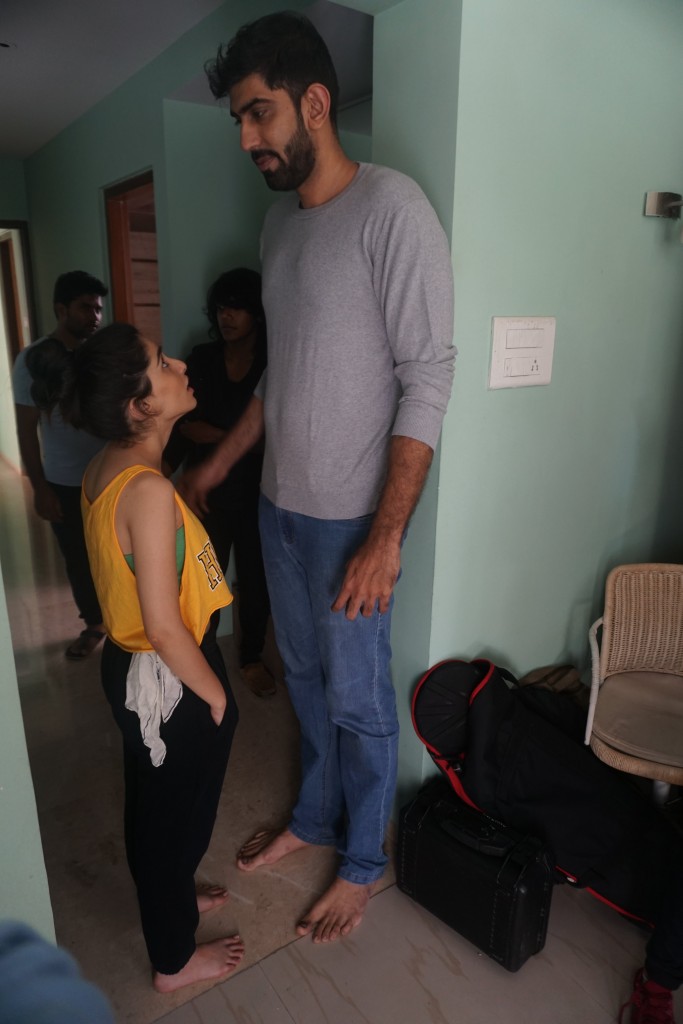
What society, in particular, do you speak of? Indian society?
Broadly speaking, yes, Indian society. I was born and brought up in Ukraine but I have lived in India for 9 years so that is the society that surrounds me now, that’s mine. I do feel with new rules and issues, the current socio-political order has had a deep impact on society and relationships. I have seen its influence and impact on relationships on a day-to-day basis. The India I knew earlier was far more accepting of people from different religions, caste, beliefs, and opinions. But then that may as well apply globally, given the current political wave.
At this point, most of our ideas are consumed through a screen. That window is increasingly becoming our window to the world, through which our views are being formed. Nowhere in history has communication played such an important role and tested the human will and ability to connect. And the only way to move forward now is through a spirit of collaboration – where you accept a different viewpoint without resentment and reexamine your stand. I think that will lead to a higher level of tolerance and acceptance of others.
Recent shows such as “The Great Hack” and “The Edge of Democracy” have shown how the communication platforms can become dangerous when they are weaponized at different phases of history, but they also have the ability to be used as tools to push society in a certain direction. They’ve held the promise of growth as well as self-destruction. The choice is ours– we can choose to destroy or protect ourselves. All of us are streaming as well as consuming thoughts on Instagram and Facebook. Of course, these communication platforms have the power to shape us as a people and how we decide to be portrayed or react to an opinion different from ours, is on us. We need to start using it as a tool rather than being a tool of these platforms.
You’ve streamed through different roles, experiences, places and culture. You came to India to direct a Founder’s Day Play in Gwalior, you moved to Bombay to teach at Whistling Woods, and then you began making films and music videos that have been hugely appreciated. You travel to film festivals across the world regularly. What keeps you grounded? And what drives you?
From time to time touching the ground, literally, which reminds you that no matter how important that shoot, script, meeting for you is, on a global scale it’s just a speck. Also books. Good books. Bad books, too.
Also I feel it’s my team that drives me today and they have become essential to the success I have had. I’ve grown with them – things feel like they are so much more with them, even the smallest events, and I cherish that. Having said this, for me progress would be making a bad music video or film and standing by it. Who knows, my next film might have everyone going –‘It’s so bad’ and I should be okay with it. It’s art after all – It can be good, it can be bad, it doesn’t need everyone’s approval. Going ahead, I think I’d like to outgrow the fear and burden of expectations.
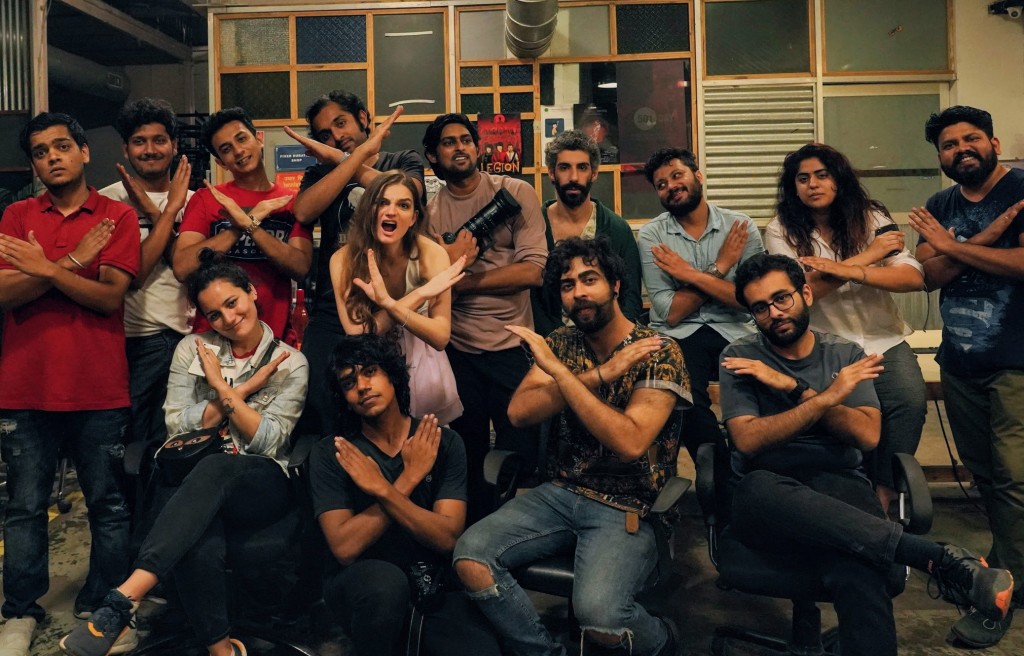
Funny you say that. “Sage” opens with ‘A Dar Gai film’. What does it signal – an edgy, eclectic, bankable indie name?
Like everyone, I’ve experienced a spectrum of emotions – love, solitude, desperation, excitement – at various levels and that’s given me such an incredible palette to colour my films with. If you view my work from an analytical point of view – yes, my films do carry a certain aesthetic – eclectic, simple in its choice of narrative or however you perceive it. But on the other hand, I change all the time and the way I see the world changes with it. Emotions play the most important role for me, and films give me an opportunity to explore the history and geography of those emotions.
How do you colour your films with emotions? Your work has these eye-catching objects – the posters and pictures on the wall, or the lemon tart and chocolate bars in the music video – you know there is this whole distinctive mise-en-scene that evokes emotion and intrigue.
I give special attention to the objects in the background and foreground – to the details. How else will I make the story and my character believable? You technically have to create a set of emotions. And it’s simply not attention to physical objects, it’s the way an actor holds his hands, the way the actors eat their food, what they wear. While thinking of details the question I always ask is – Is my character going to do this or live in this? Is it real? Things can appear contrived and artificial if you don’t put in that extra attention. Then there are camera angles that bring in emotions. “Teen Aur Aadha” was shot in a long take, the music videos were in short takes. That invoked the emotion of the relationships set in a particular time and space.
Then there is this whole task of how to project the conscious action and how to bring out the subconscious. For example, if a character is fidgeting with an object, that action of fidgeting is telling us something about his mental state. How do you add meaning to that fidgeting? How do you portray that fidgeting? You see, everything that you see in a film, actor or object, holds meaning. As a director you have the power to make everything in a film act. Even shoes can act, your feet can act. They all have a role to play.
You’ve made a non-actor (Namdev Bhau) act. His role has been widely acclaimed, enough to earn him a nomination spot with leading actors. And you’ve also worked with certain actors repeatedly. How has the process been?
It’s hard to compare. I’ve worked with both actors and non-actors. Non-actors are raw and natural when they start. There’s no baggage, no prejudices, no method. With them, you are like a fisherman – you keep throwing in your net till you catch the essence you are looking for. I believe every human can effortlessly act in at least one role in their lives. Namdev Bhau played his part in the film effortlessly, but he probably may not fit in another role. Maybe Namdev can be Namdev and no one else. With professional actors it is easier to find what you are looking for. But then, they come with baggage and certain mindsets. You have to work hard to wash them off their previous roles, their tested acting style. Each director has a certain approach and view of art – sometimes it remains in the actor and it is hard to find the original actor. Nonetheless, I love working with both actors and non-actors – with each you have a unique journey as a director.
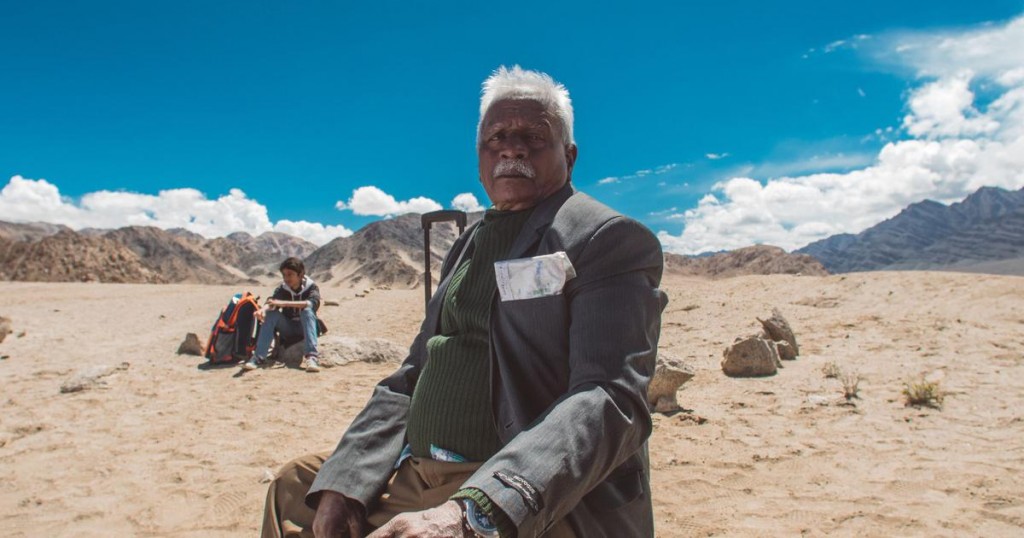
You’ve also happened with both the indie music scene and indie film scene. What commonalities do the two industries share? As an independent filmmaker, what changes have you witnessed?
Technology has had a huge impact on both the music and film industry. It has made the showcase of talent easier– be it through Youtube, Soundcloud, brand partnerships or social media. In turn, there is a high demand for good content that opens avenues for musicians and filmmakers. I think there has never been a better time for an independent voices to be heard. Additionally, the distribution scene has changed. Previously regional cinema did not travel far from the home state. Today sitting in any corner of India you can access the gems of Tamil and Malayalam cinema. Experimental cinema has the liberty to be creative and then float out to garner larger audiences. Recently, Devashish Makhija and I were talking about this. Earlier, independent filmmakers were islands – they kept to themselves, and rarely collaborated. Today, the spirit of independent filmmaking is much stronger because of an organic feeling of community that has developed over the years. The community supports and encourages each other’s endeavours. Earlier, if someone’s work made it to the Cannes or Berlinale, the usual reaction was – “what’s so great about it”? “Why wasn’t it my film?” And it’s fine. It’s an animal instinct, but the second reaction should be “That’s amazing. He/she is creating a name for all of us. Creating the niche. And next time it will be easier for me to get in.”
Nowadays there is a lot of applause and shout-outs from other filmmakers when another’s work travels to prestigious places. I suppose the approach today isn’t my work or his work, but the country’s work that’s going places.
There is a lot of cross-promotion and collaboration happening these days. I find that this is healthy and it’s something we need to build on to grow as individuals, as an industry, to be taken seriously at both a national and international level.
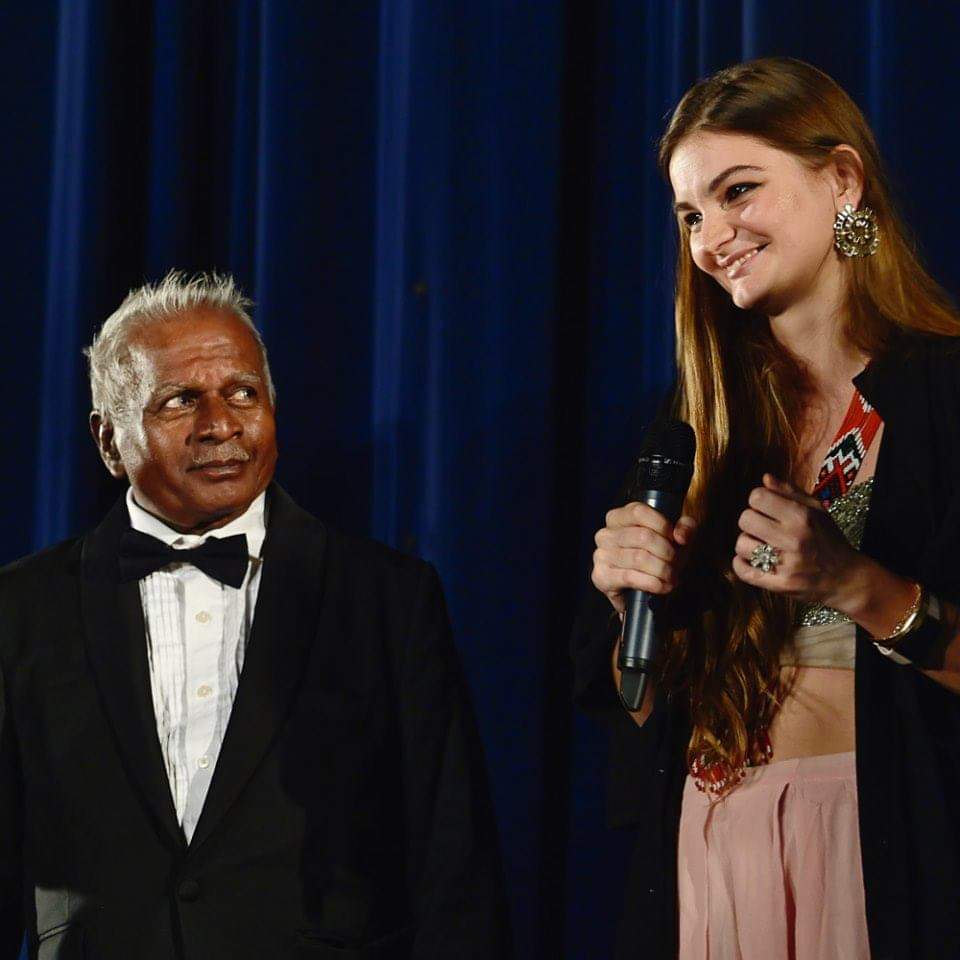
You are clearly identified as part of indie India. Pardon me for saying this but you don’t look Indian. Also, India is still warming up to the idea of women in filmmaking. How has that influenced your career prospects in India?
Interesting you ask me that. I was recently speaking to a colleague at Jugaad about the experiences I had when I moved to Bombay. I had applied to many established places and got through quite a few. Somehow, the workplace, the work-ethic just didn’t feel right. Something about the environment or the people did not make me feel comfortable and I ended up not taking those work assignments. We wanted to change that in our production house Jugaad, which was founded while I was shooting Teen aur Adha with the people I was working with.
I go by the name Dar Gai, that neutralizes both my gender and nationality. With Jugaad, I have created my own safe space, my own inclusive bubble, so to speak. It is where people can express themselves, experiment with their craft, with their responsibilities, be themselves…and that reflects in the quality of work we put out. The industry is a tricky one to work in.
I suppose to survive and thrive here, the first step is to create a safe, uninhibited space of work and join forces with the like-minded, with people who you respect and trust.

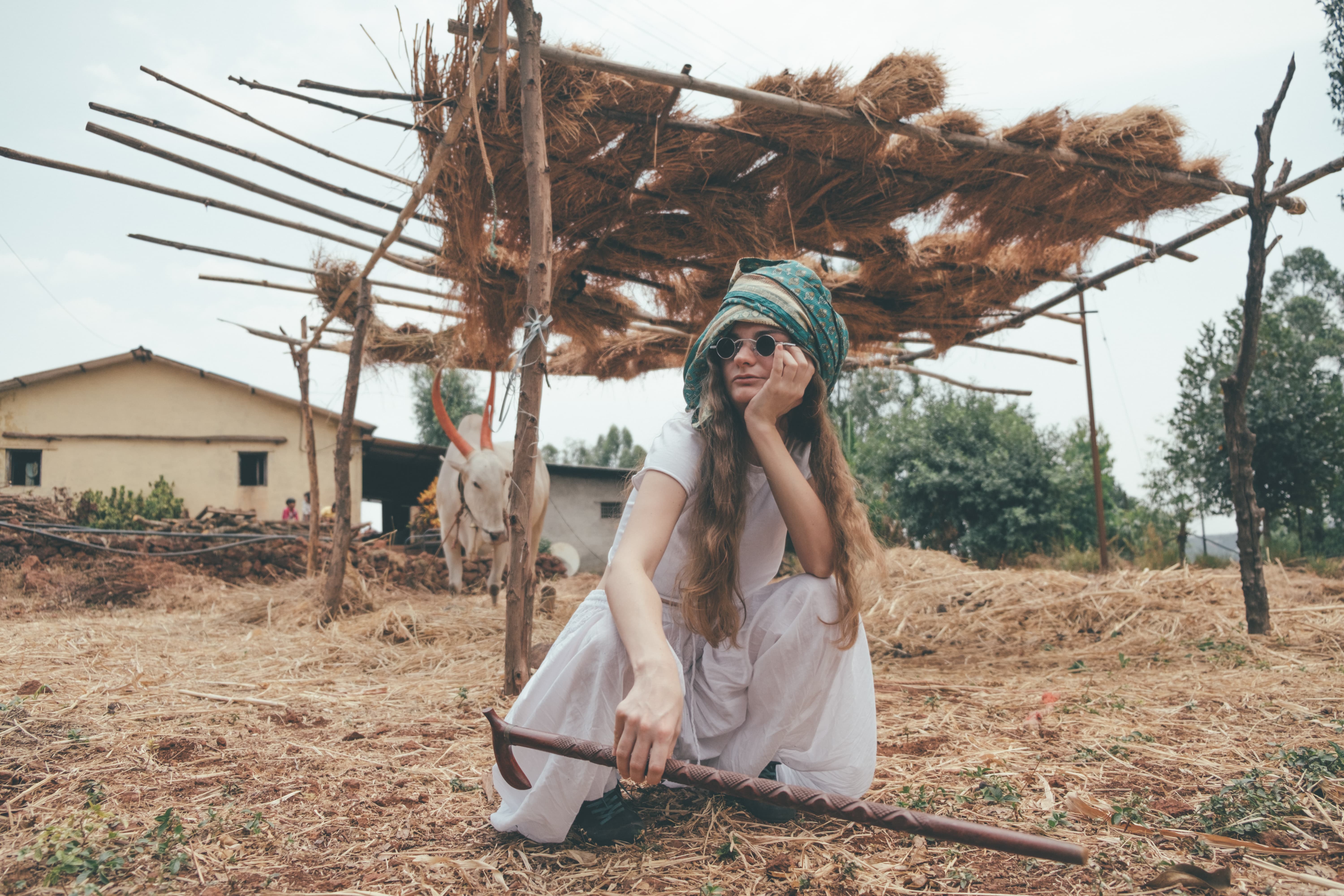
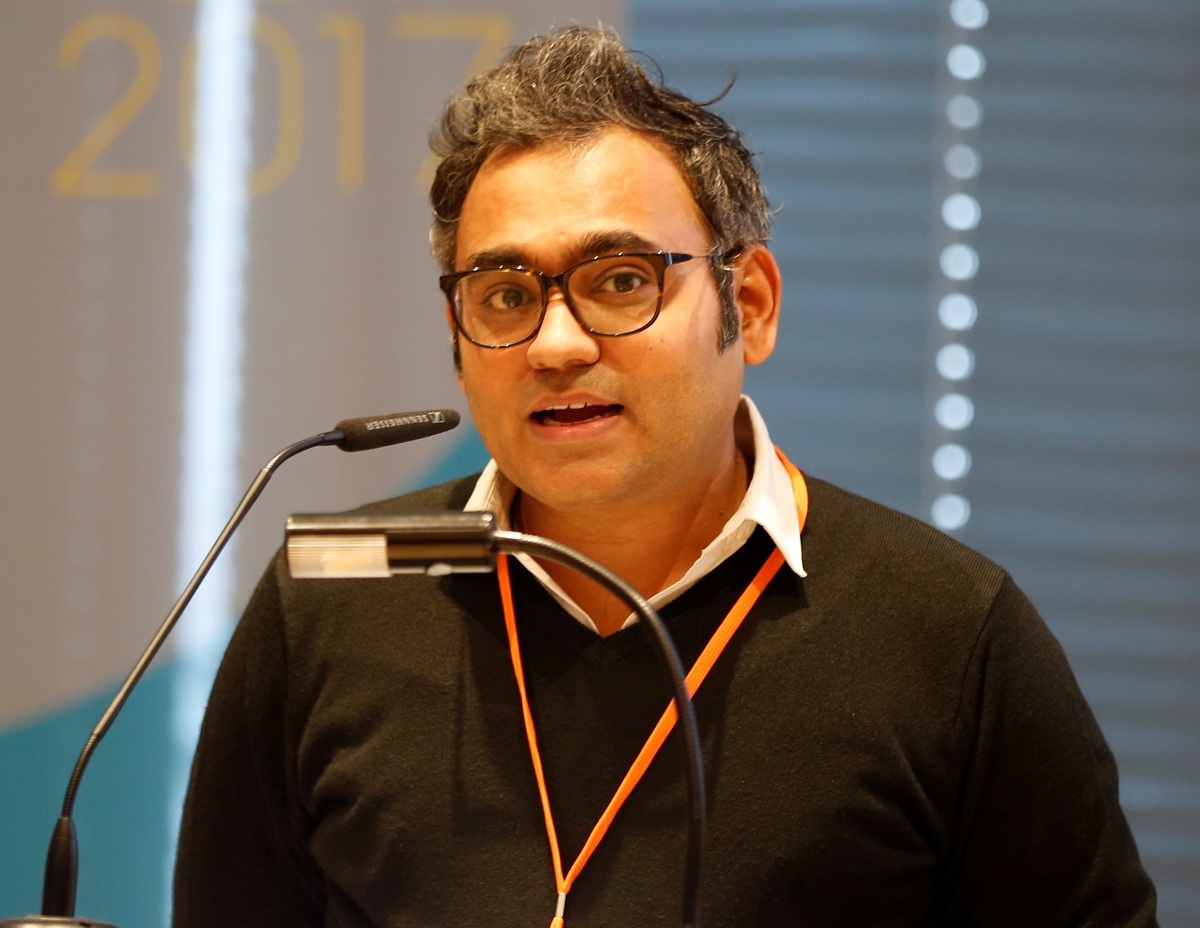
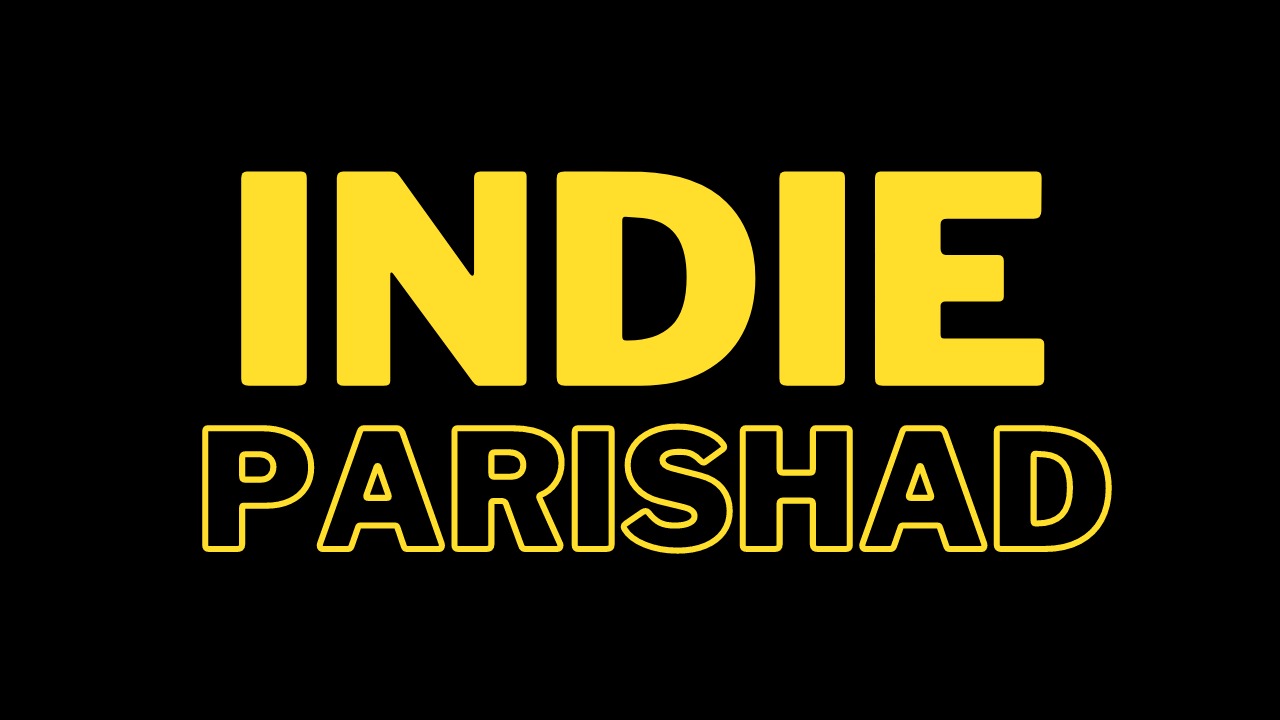
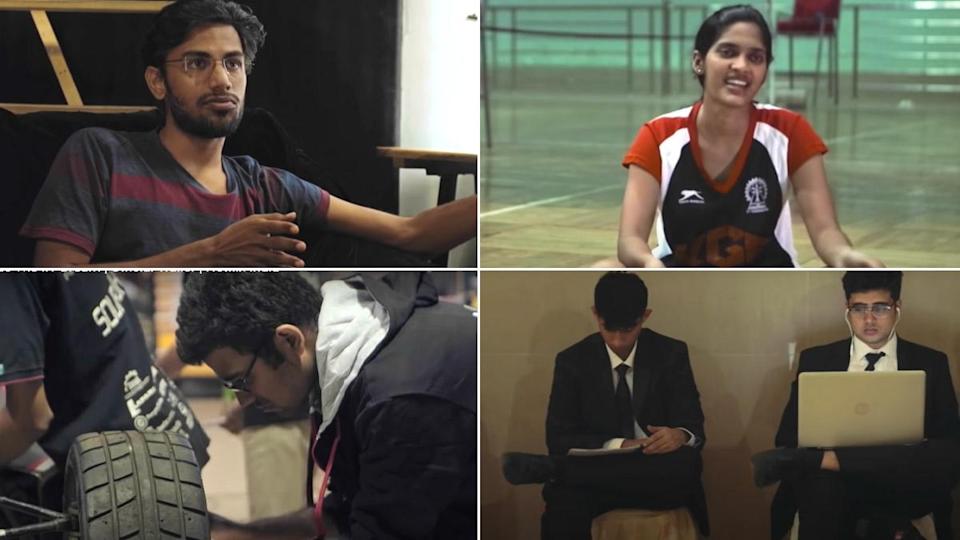




Leave A Comment
You must be logged in to post a comment.